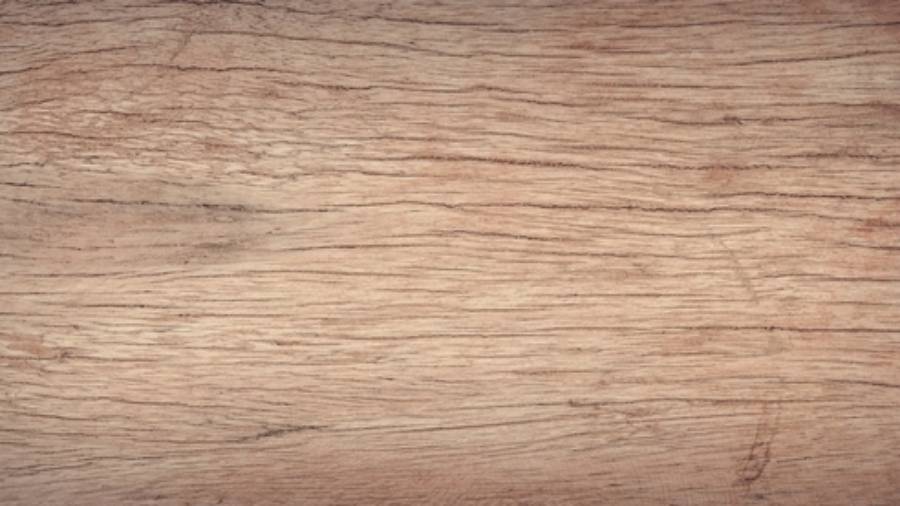
What is dry rot and why is it a problem?
Dry rot (Serpula lacrymans) is a type of fungus that feeds off the moisture found in wood and timber. As a result, the timber becomes ‘infected’ and eventually starts to crumble, destroying materials that were previously considered safe. If it’s left unchecked, it could quickly spread and affect the structural stability of your home, causing long-term problems.
Dry rot could also have an impact on your family’s health. Spores can affect people with breathing problems, and older people and babies can be particularly vulnerable.
What are the signs of dry rot?
Some potential signs of dry rot may include:
- White, cotton wool-like growth, followed by a mushroom-coloured skin over wood surface
- Cracking, splitting, shrinking or darkening of wood
- Musty, damp, mushroom smell
- Rust-coloured dust spores
These signs might suggest dry rot, but they could also be caused by other problems. But if you notice any of these things, it’s always best to call in an expert. They’ll be able to help pinpoint the exact issue.
What causes dry rot?
Dry rot spores are always around, but they only grow in damp conditions. In other words, when wood gets wet and stays wet, it creates the perfect environment for the fungus to grow and spread.
Common causes include:
-
Rising damp or moisture from the ground rising through the masonry
-
Plumbing leaks, such leaking showers, washing machines or damaged pipes
Finding and treating the source of the problem can help prevent dry rot in your home. Take time to regularly inspect your home, repair any faults quickly and make sure that rooms are ventilated properly.
How might dry rot affect the value of my home?
Dry rot can weaken the structure of buildings, which causes instability and potential collapse. For that reason, it could affect the value of a property which could be a problem if you’re buying or selling.
-
If you’re buying a home: Before buying a house, make sure you get a survey done on any property where your offer is accepted. If dry rot is found, you can decide whether to go ahead with the purchase. But remember, your mortgage lender might withdraw their offer
How do you treat dry rot?
You might be able to manage small cases of dry rot yourself. For example, you could remove any sources of moisture, like repairing a leak, and replacing any affected wood.
But for best results, you should always contact a specialist. They can send a surveyor to inspect your home and check if any other areas of your home might be at risk of dry rot. They’ll then give you a full report and advise you on what to do next.
The surveyor will then treat the dry rot. This involves:








